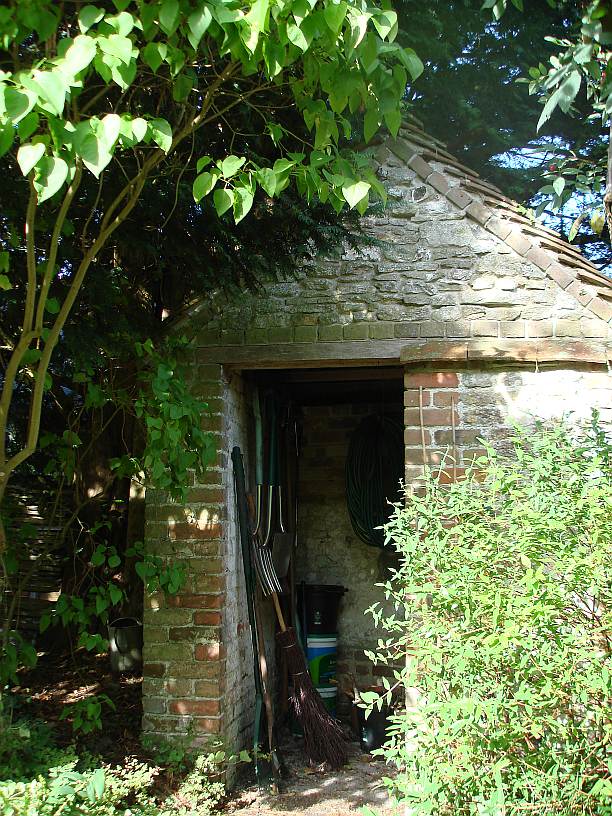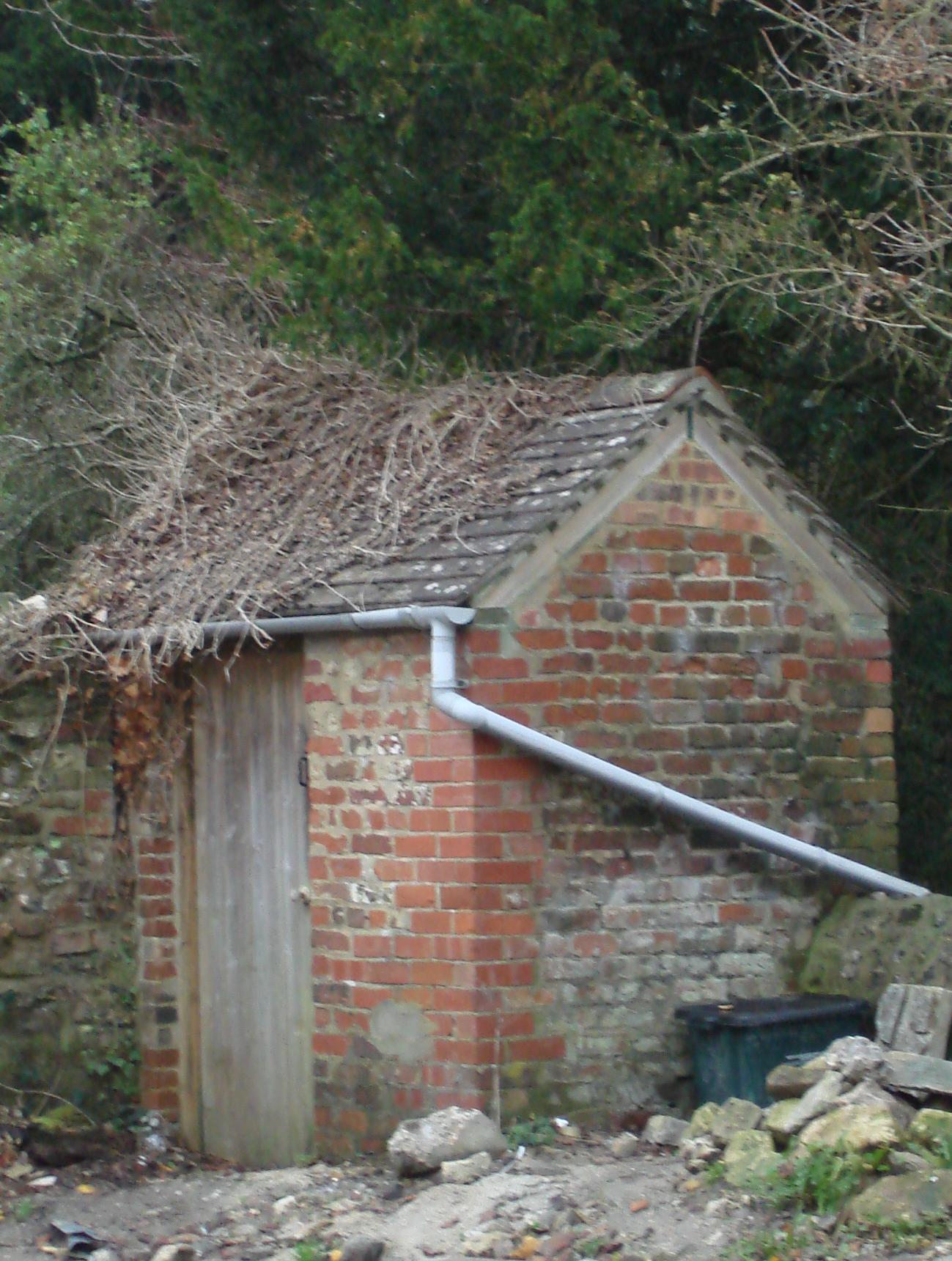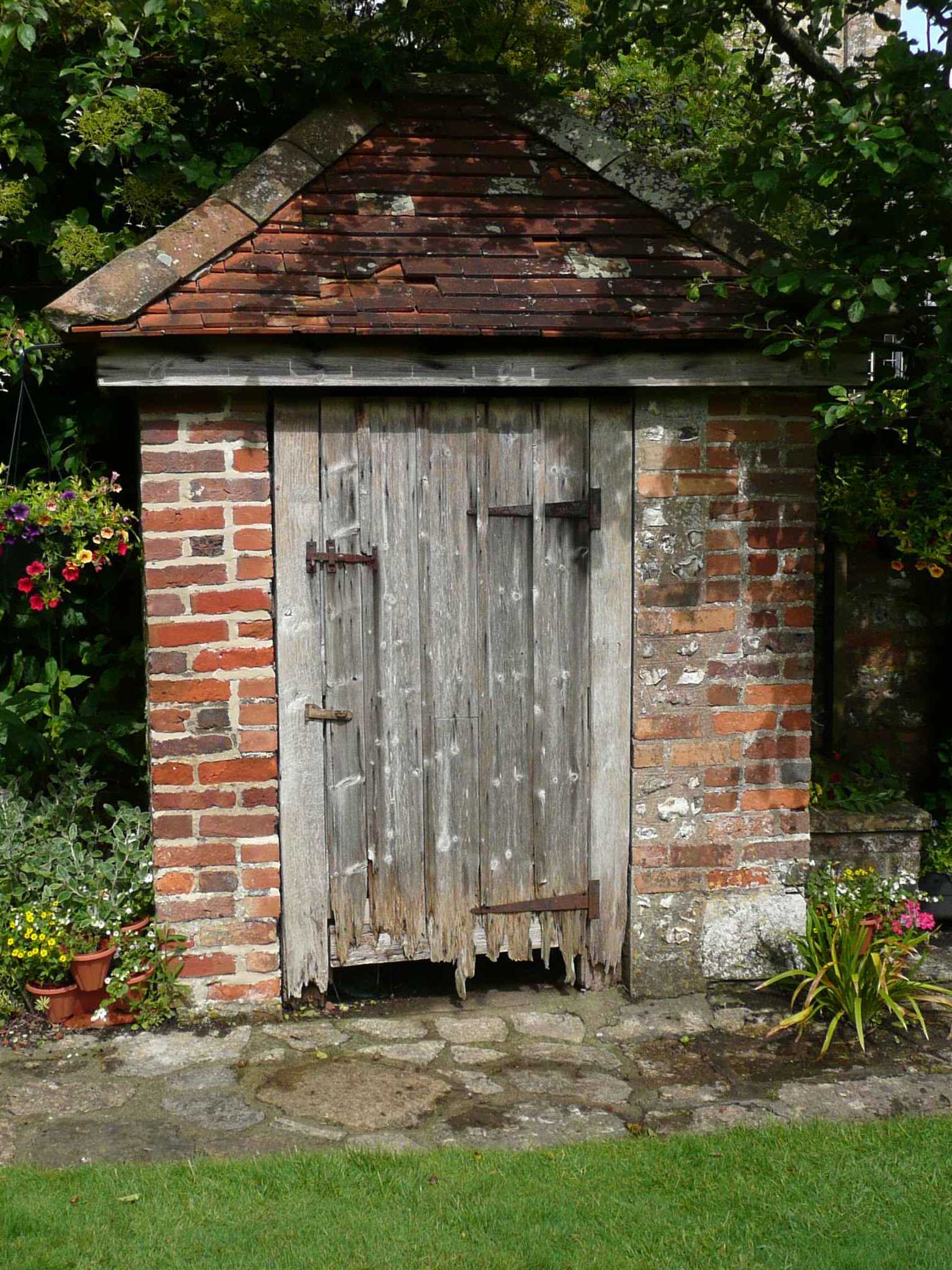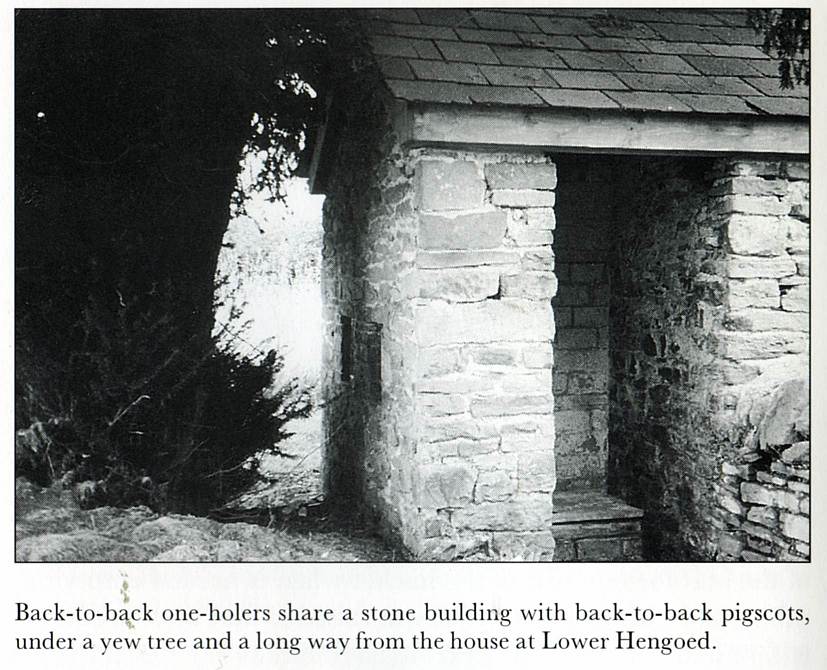 |
| Barnwells privy. |
 |
| Duck Street privy. |
 |
| Privy, 5 Abbey Street |
Privies – The Special Dorset Connection
Henry Moule 1801-1880 was educated at Marlborough grammar school. He was elected
a foundation scholar of St John's College, Cambridge, and graduated B.A. 1821
and M.A. 1826. He was ordained to the curacy of Melksham in 1823, and took sole
charge of Gillingham, Dorset, in 1825. He was made vicar of Fordington in 1829,
he remained there for the rest of his life. There were cholera epidemics in 1849
and 1854. Moule turned his attention to sanitary science, and invented what is
called the dry earth system. In partnership with James Bannehr, he took out a
patent for the process (No. 1316, dated 28 May 1860). His system was adopted in
private houses, in rural districts, in military camps, in many hospitals, and
extensively in India.
Cerne Privies
Barnwells garden contains a privy building probably dating from the first half
of the 19th century. So far we have identified 4 other privies in the village.
The Privy-Yew Association
In Flora Britannica, Mabey refers to the legendary ability of Yews to process
poisonous vapours and this is said to be the reason they are so common in
graveyards.
 |
Picture of privy and associated yew
from page 40 Herefordshire Privies |
Paddy Ariss, in the book Herefordshire Privies, suggests that this
is also the reason why they are so often associated with privies:
“During my researches, I wondered why privies were often under yew trees; the
most likely explanation is that flies and bluebottles dislike the smell of yew,
so privies were sited beneath the trees to keep the insect pests at a distance.
It was believed that the guardian spirit of the house lived in the yew tree.”
Linda Hall, the local historian, has also noted this association in
Gloucestershire.
The Barnwell's Yew Tree
The free growing privy-yew contrasts with several topiary yews in Barnwells
garden and with a Scots pine which grows close by. It has a height and spread of
more than 10m and probably about 150 years old.
The yew forms part of the backdrop to Barnwells historic garden (screening The Millhouse).
It is located on the line of one branch of the river as it used to continue
around the back of the Mill House to power the mill. The Dorset Historic Towns Survey for Cerne Abbas
describes the river as an important green corridor into the historic core of the
village
The Duck Street privy, also next to the river, retains it associated Yew.